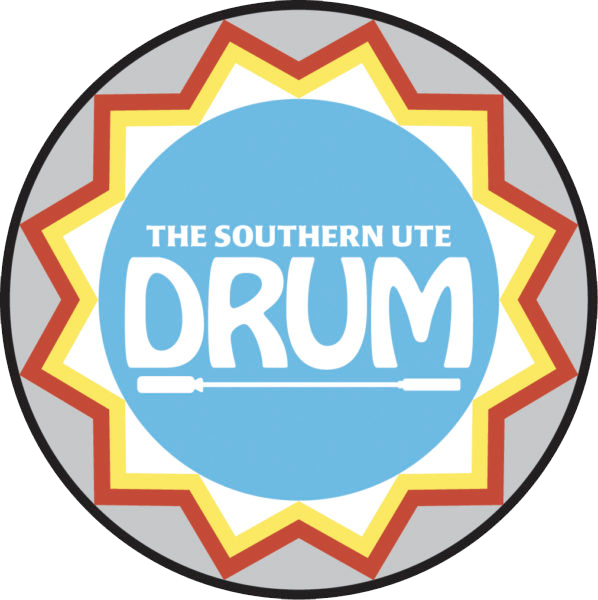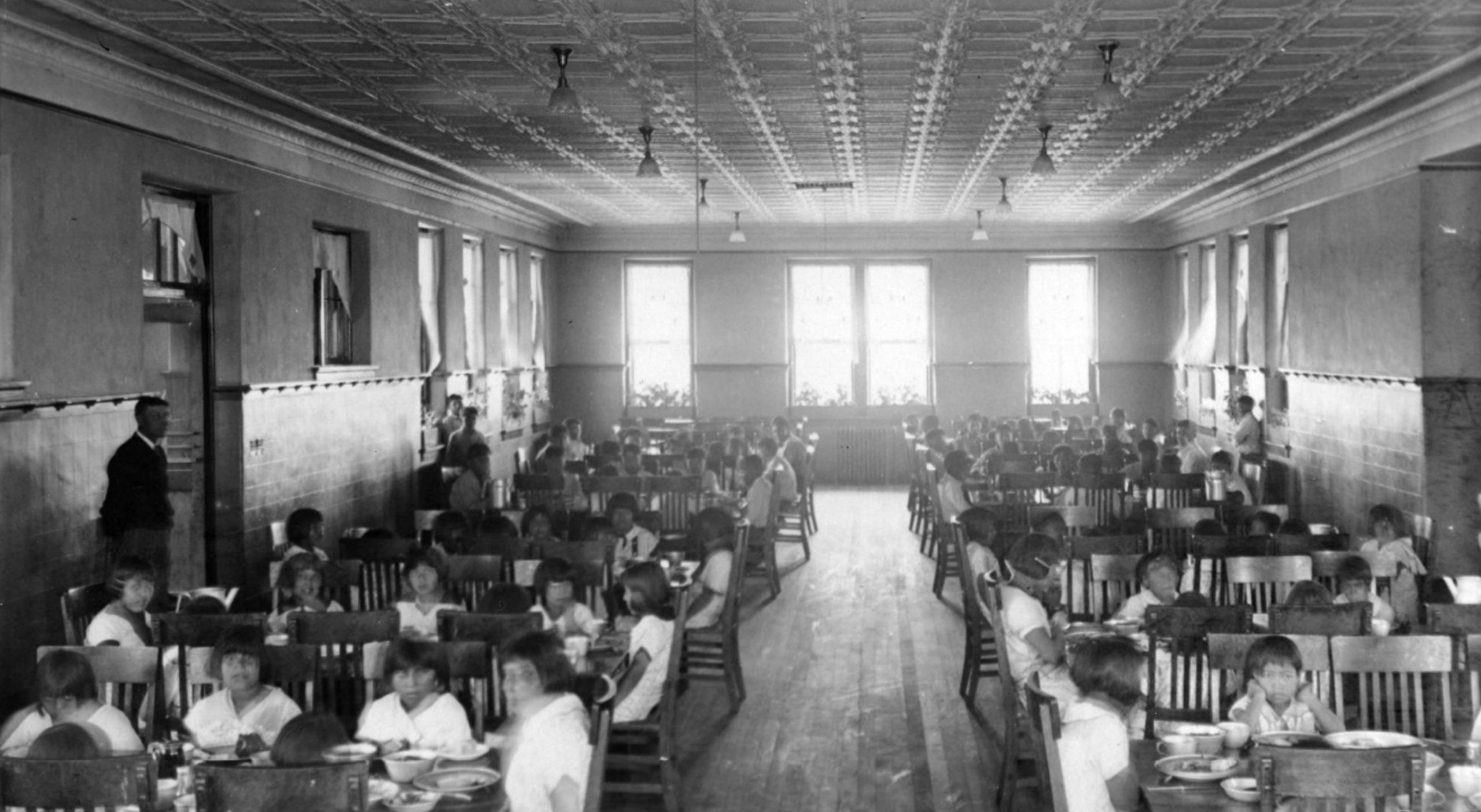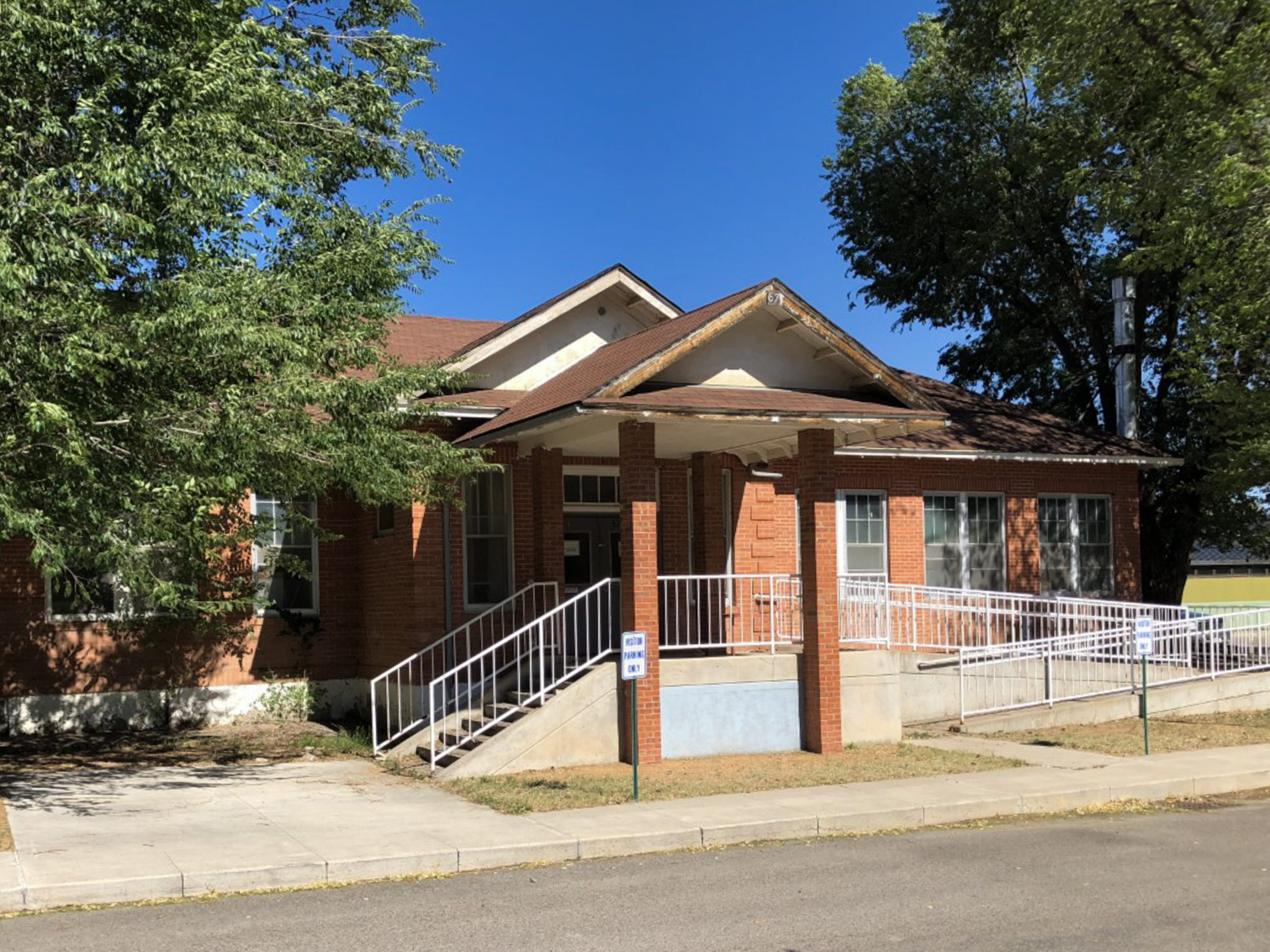The Brownfields Program assists SUIT to assess and clean up contamination on properties, so business and community organizations can use them. A brownfield is a property, the expansion, redevelopment, or reuse of which may be complicated by the presence or potential presence of a hazardous substance, pollutant, or contaminant. Brownfields projects across the U.S. have created 144,800 jobs and raised property values up to 15 percent.
In the 1990’s, local governments launched Brownfields pilot projects and developed guidance and tools with EPA seed money. The 2002 Small Business Liability Relief and Brownfields Revitalization Act codified many of EPA’s policies and then the 2018 Brownfields Utilization, Investment and Local Development (BUILD) Act reauthorized them.
The SUIT Brownfields Inventory has over 70 sites reported since 2006. Sites range from initial reports, to assessments and sampling, removal actions, institutional controls, and no further action. Site status is in the Public Record on the website. Six sites are scheduled for EPA assessments this summer, while work continues on other sites.
SUIT’s Brownfields grant focuses on identifying property development needs, prioritizing reported sites, developing policies, and getting adequate training to oversee environmental assessments, institutional controls, and remediation. So, how do you know when the property is safe for reuse?
To safely reuse the property, contamination is removed, reduced, and controlled enough to lower health risks during specific activities. The EPA created Screening Levels for chemicals in materials, soil, water, and tissue based on studies of the cancer and health risks. Contamination must be cleaned up to lower levels to be protective for activities in a Residential Zone than in an Industrial Zone. This happens to be the case for the BIA Boarding School buildings.
Back in the 1930’s the BIA built the Ignacio Boarding School with materials considered to be high quality. Asbestos is durable, fire resistant, sound-proof, doesn’t conduct electricity, and was seen as decorative. Asbestos is a mineral that can be curly, which was used for insulation, or straight like a rod, which was used to strengthen floor tiles. From 1945-1989, asbestos was used in all sorts of products from hot plates to popcorn ceilings. Then people realized asbestos damages the lungs and causes cancer.
The Asbestos Hazard Emergency Response Act of 1986 required schools to inspect their buildings for asbestos and take appropriate abatement actions using accredited persons for inspection and abatement. This applied to public buildings and multi-family residences by 1992. Asbestos was banned from fireproofing and insulation by 1975, but a phase out rule was overturned in 1991 allowing asbestos use if hazard information is provided. The 2016 Significant New Use Rule approved new uses for asbestos.
Lead also seemed helpful to make paint durable and brighter, until people realized it harms the brain and nervous system, and causes learning and behavior problems, so it was banned in 1978. EPA requires individuals and firms who perform abatement projects in pre-1978 housing and child-occupied facilities to be certified and follow specific work practices.
The Brownfields Program also scheduled assessments for two debris dumps. Removing and safely disposing debris, like televisions or batteries with hazardous metals, helps keep grazing units safe for healthy livestock and good water quality.
EPA assessments are scheduled for July 2020 for the Annex, Dining Hall, KSUT, Old Casino Site and two debris sites, based on 2019 planning. Staying on schedule depends on pandemic safety and we’ll shift priorities as necessary.
To see the Brownfields Public Record, report a site, and learn more, please visit our website: https://www.southernute-nsn.gov/justice-and-regulatory/epd/env-comp-brownfields/




